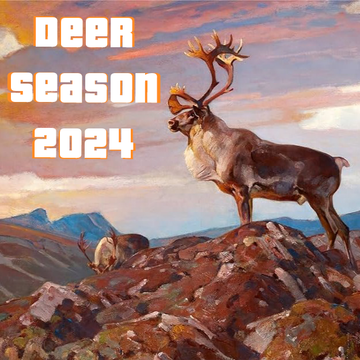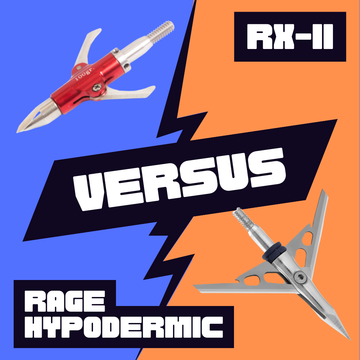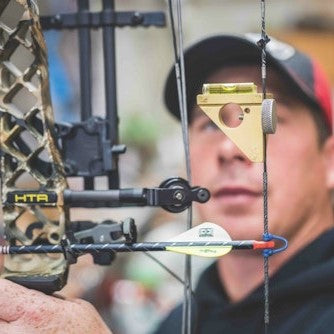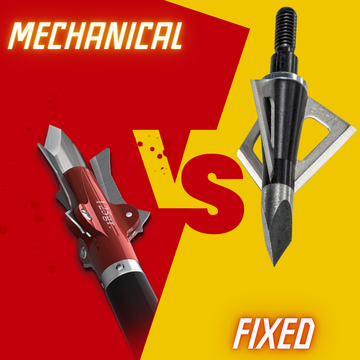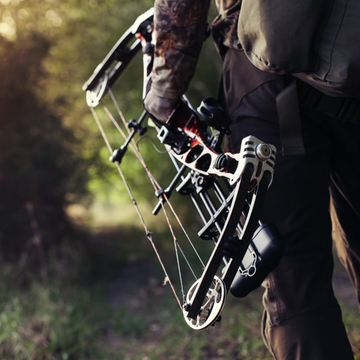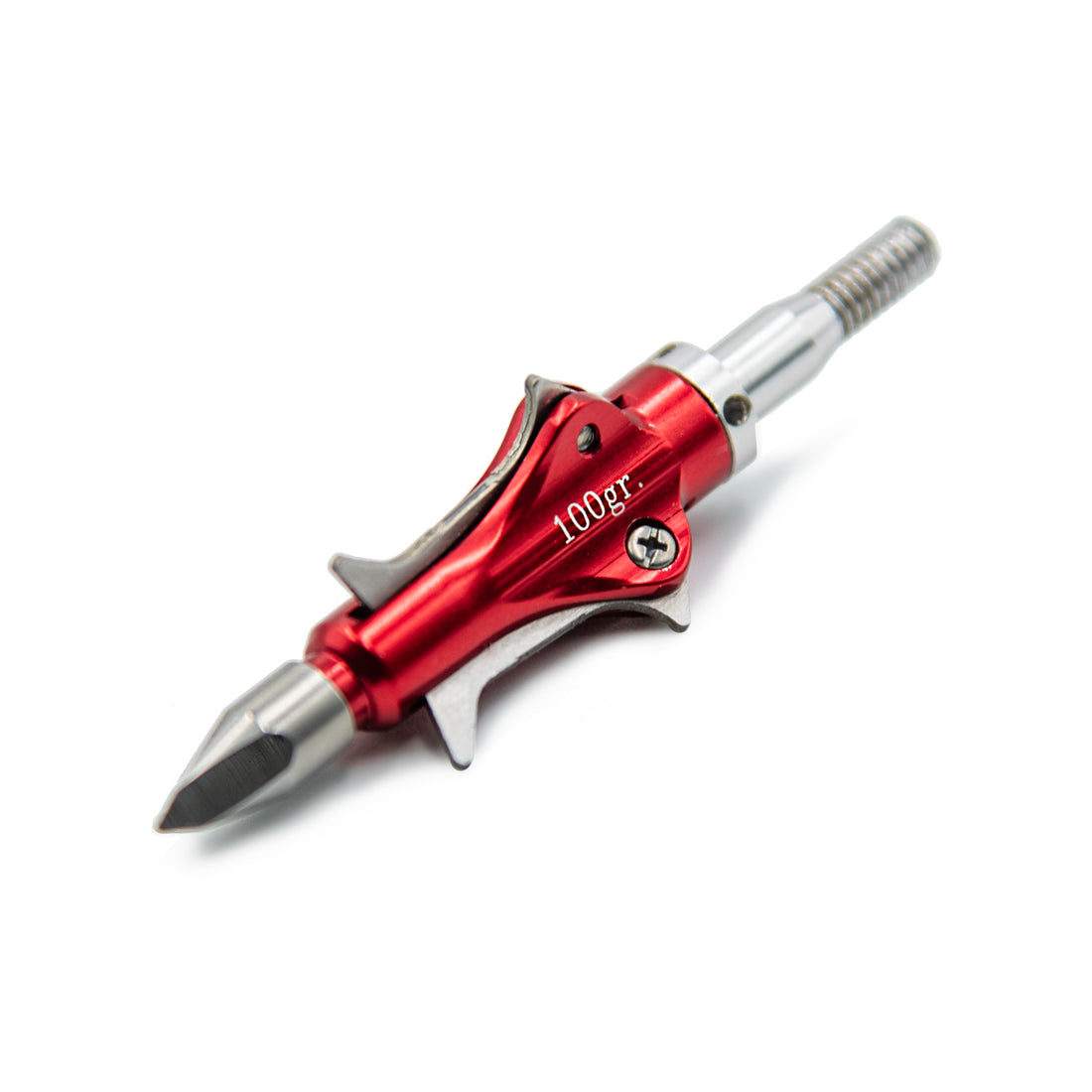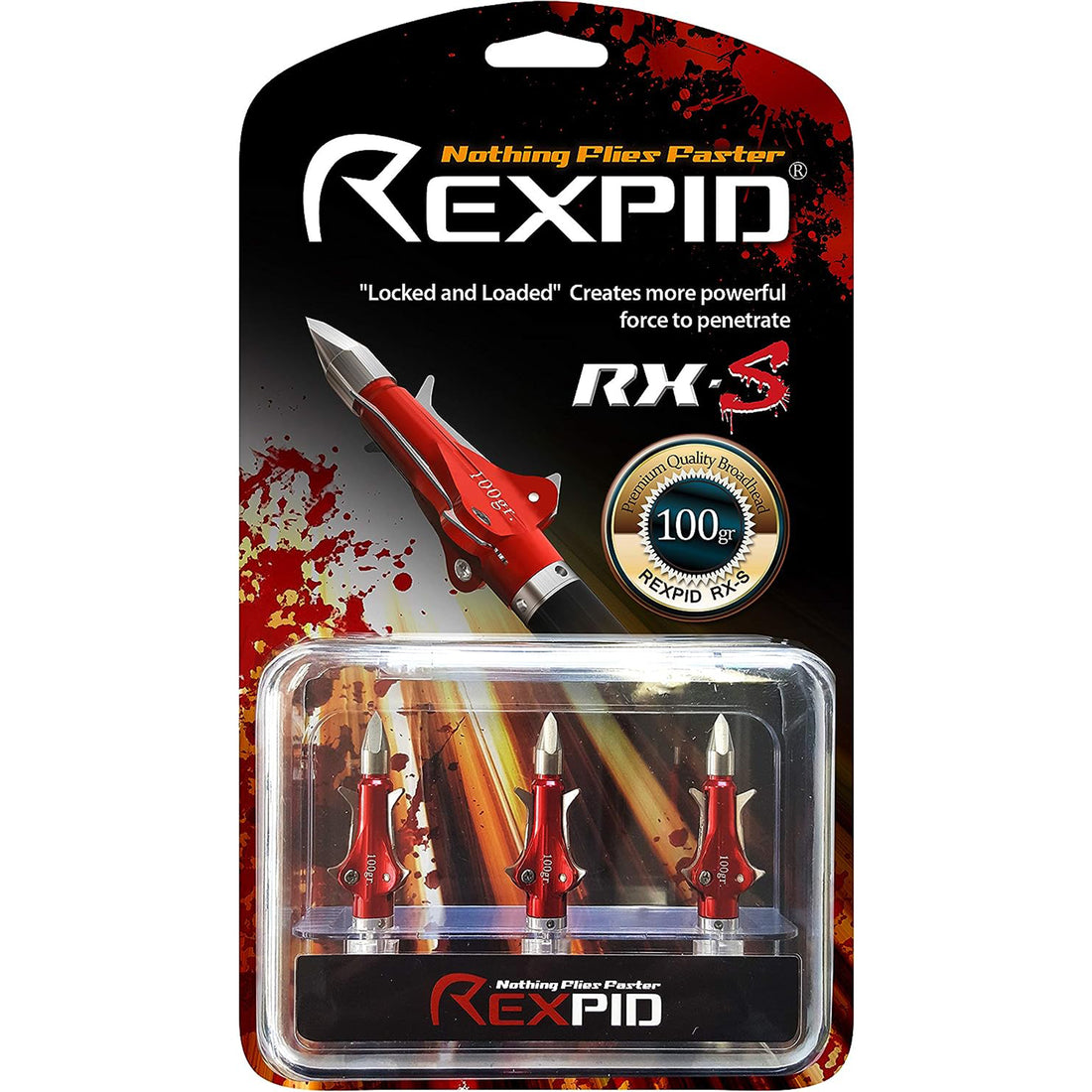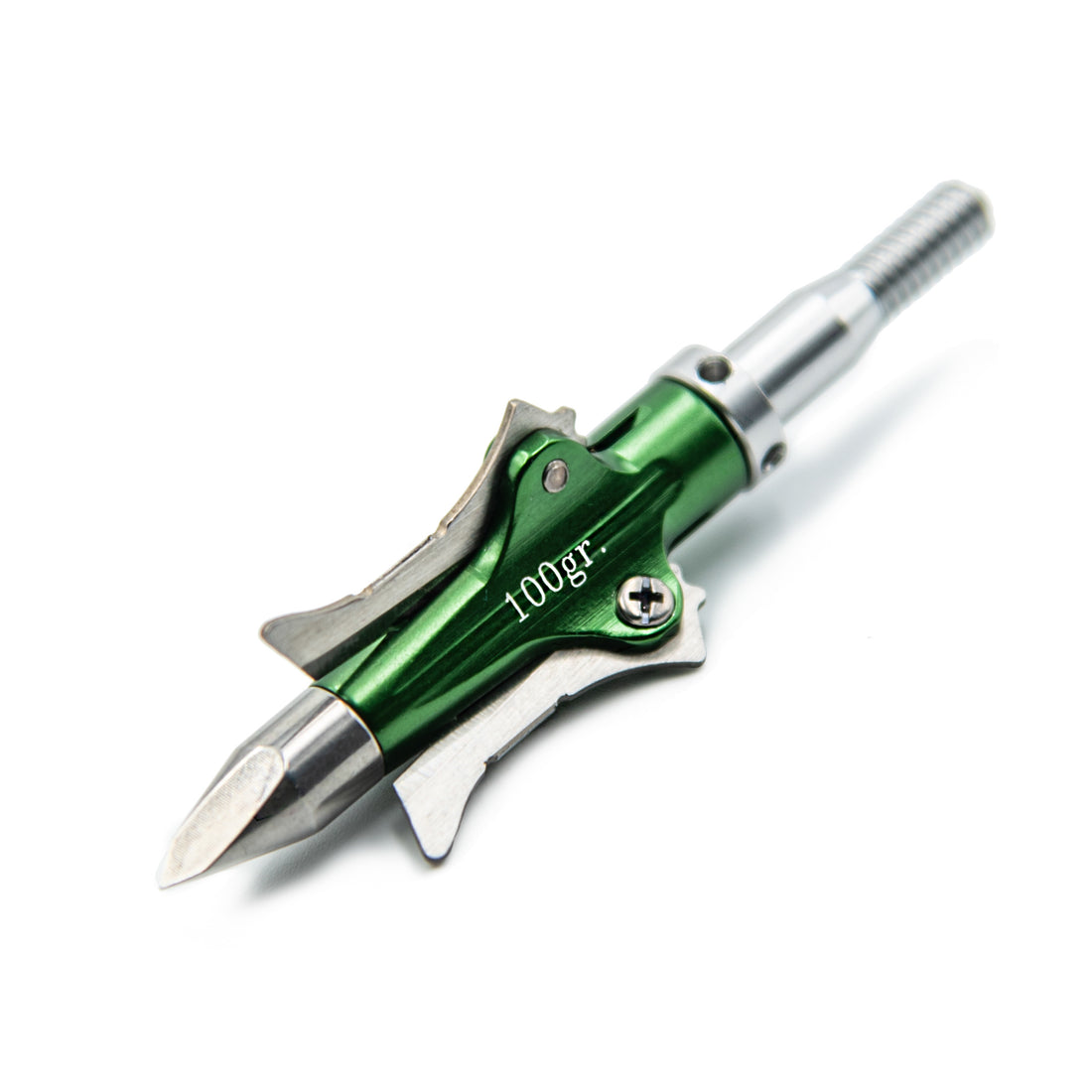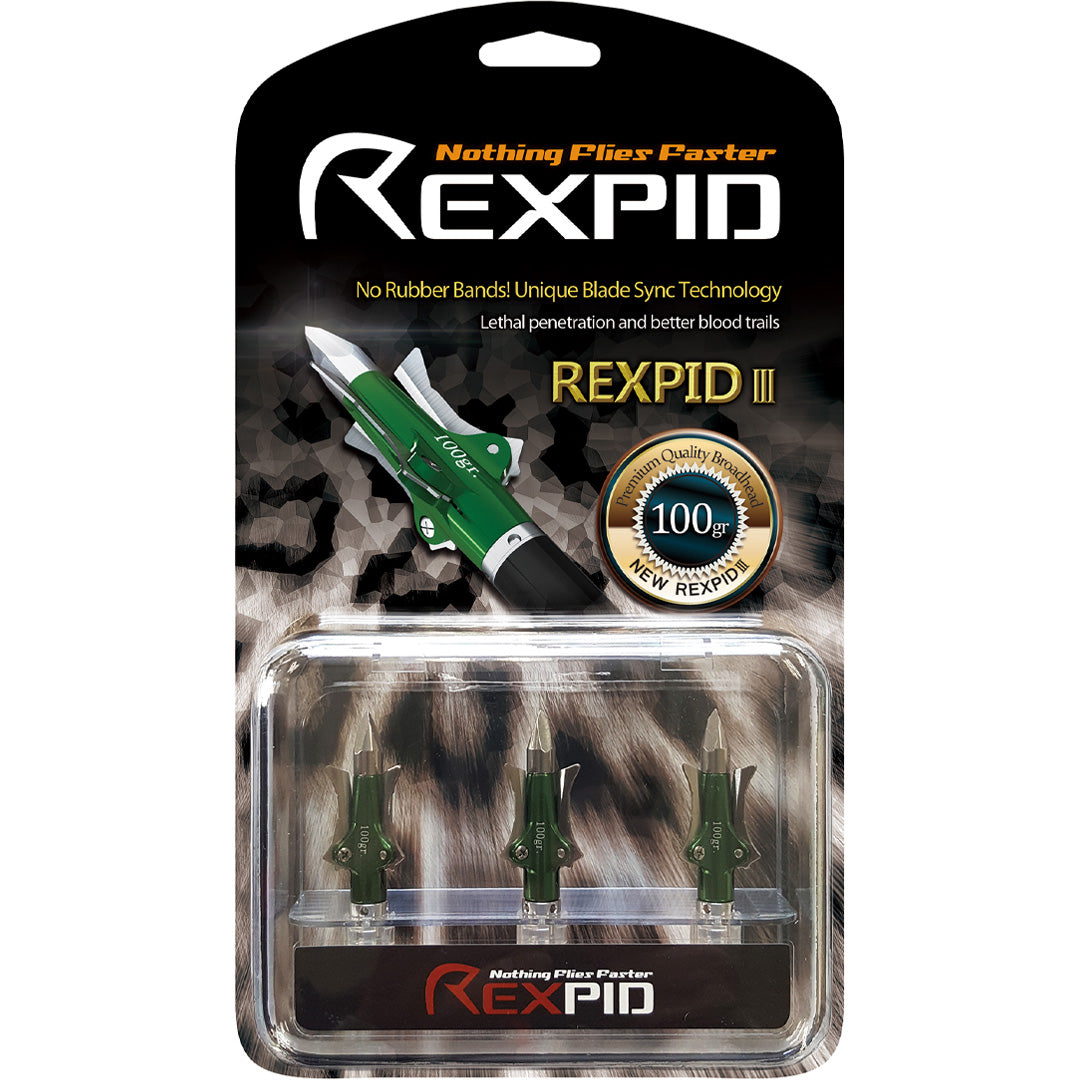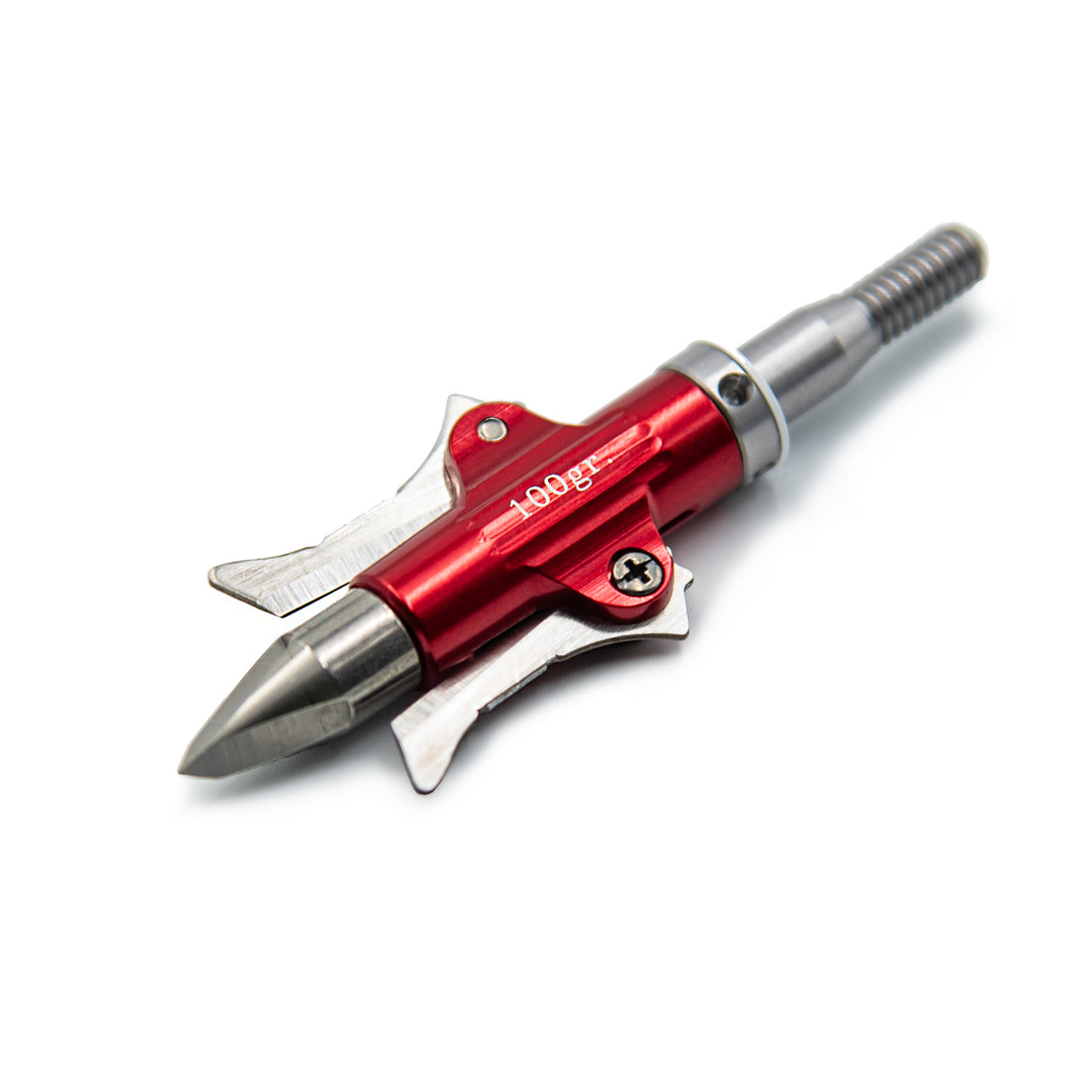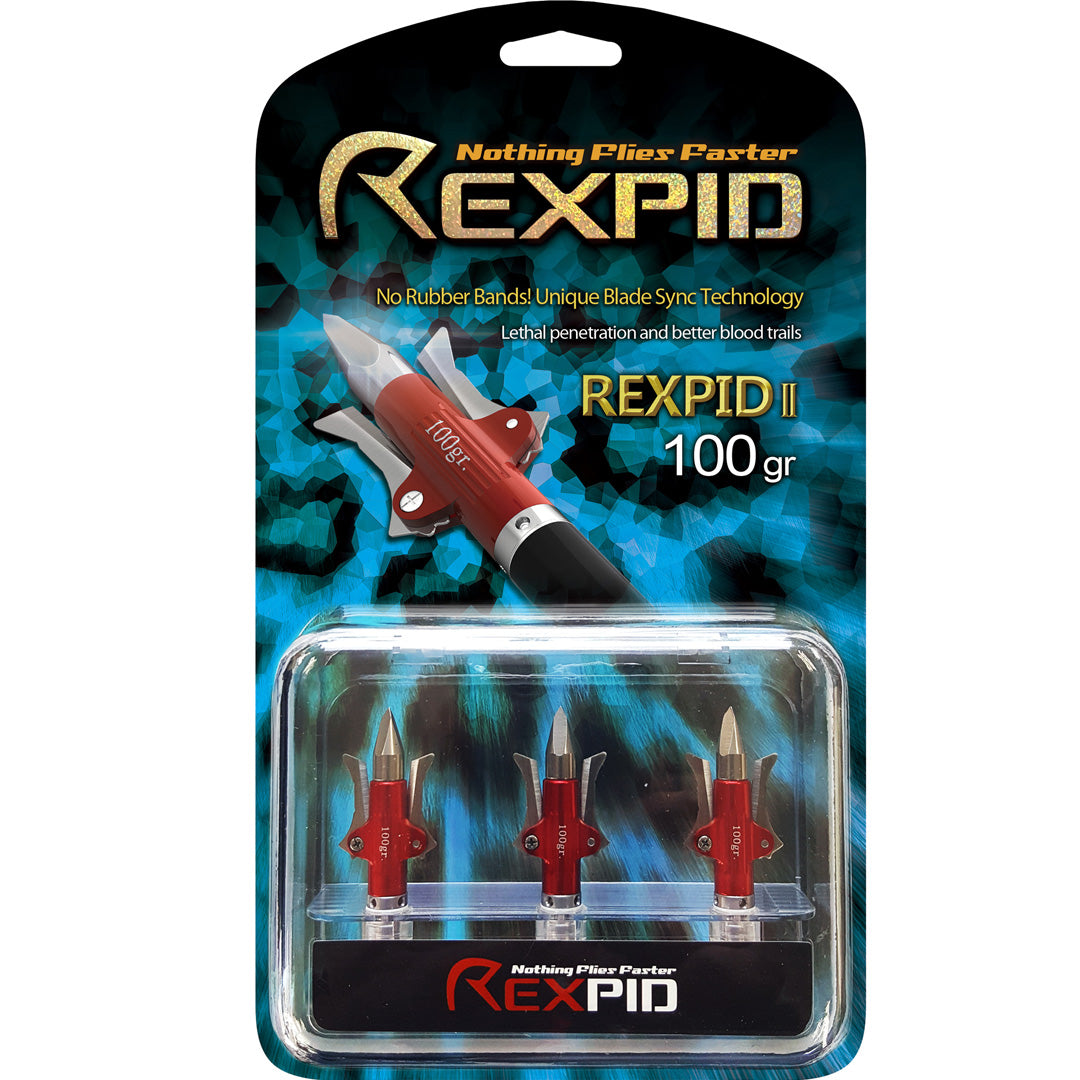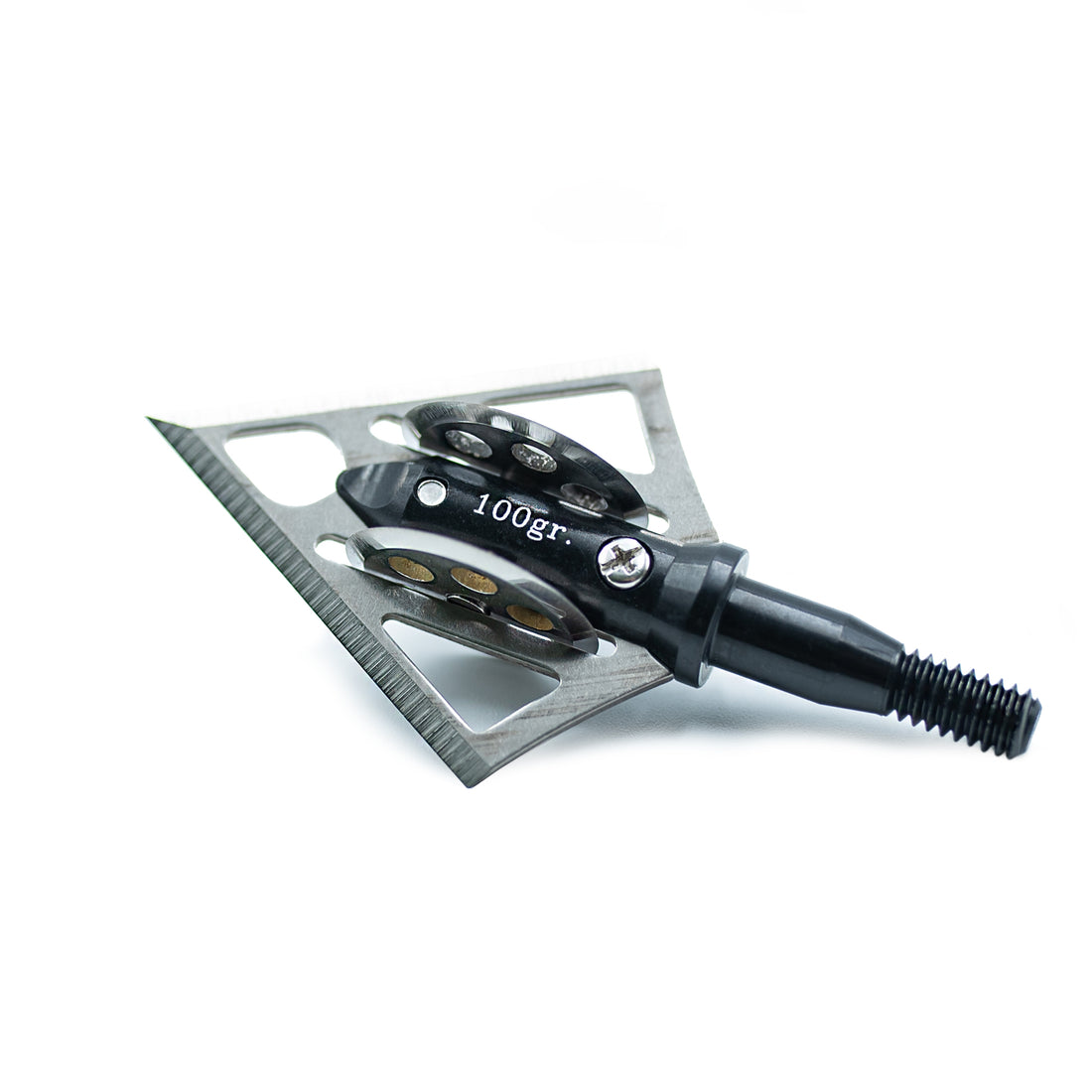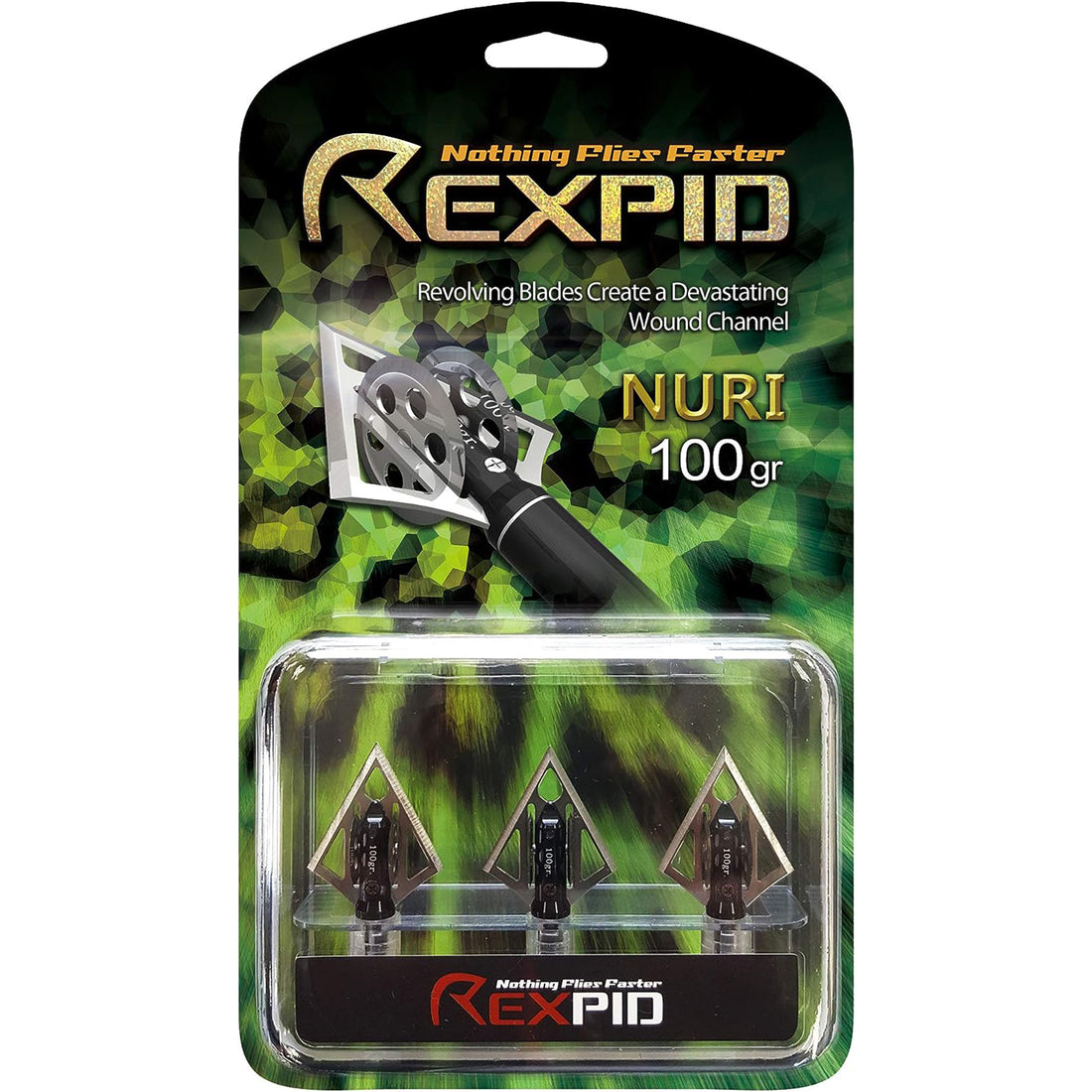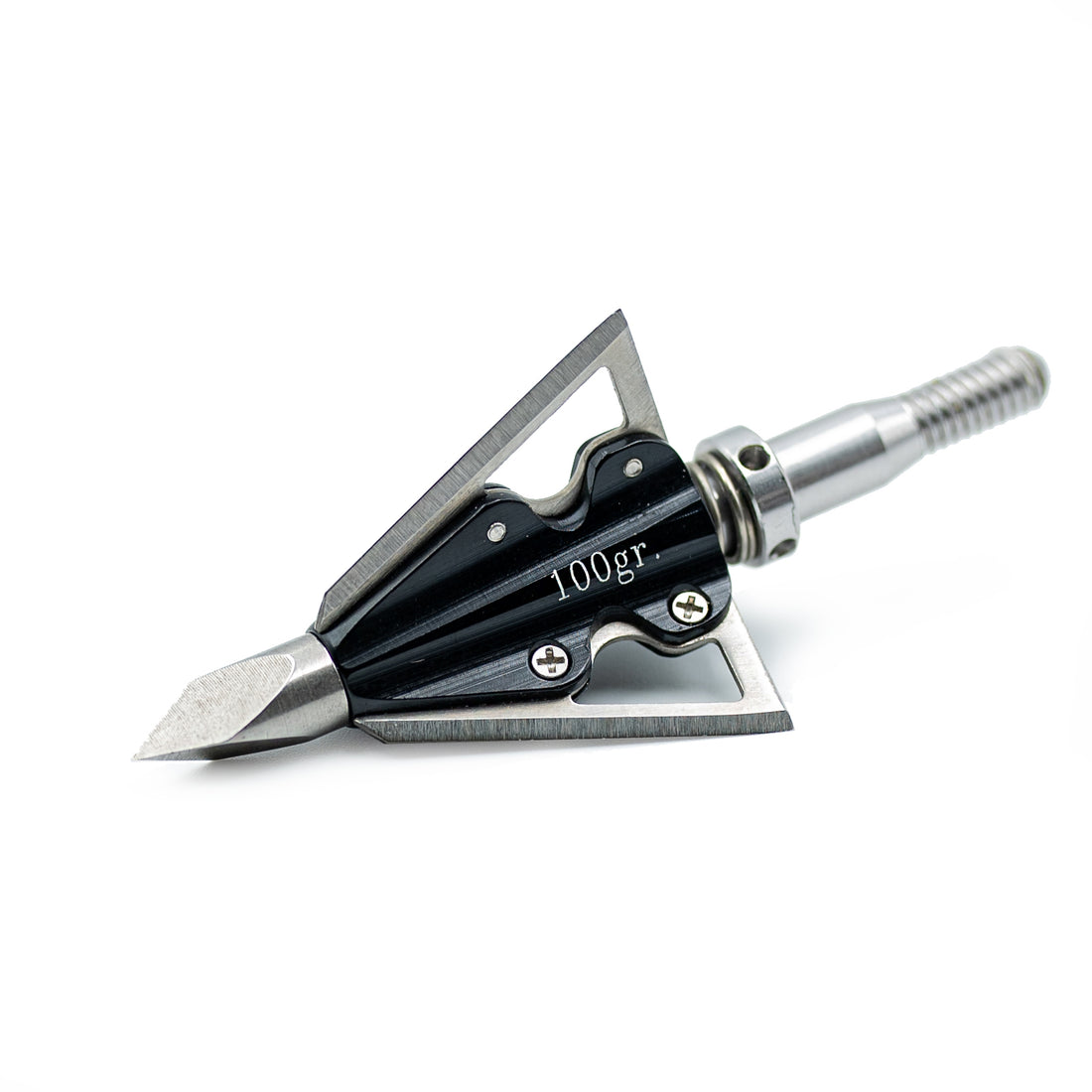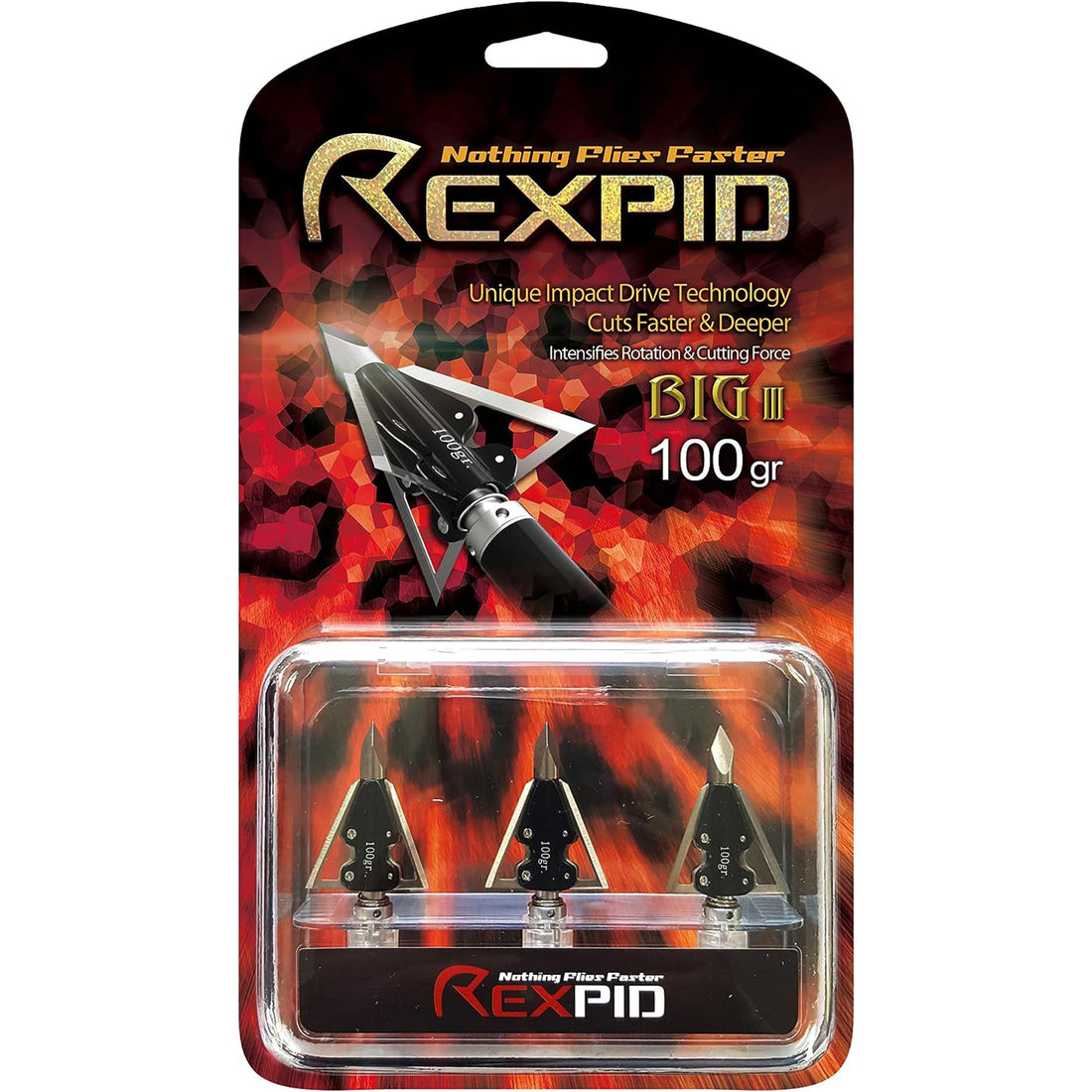So you want to hunt yourself a deer this season in 2024?
So do I, I even got my whole setup over here, got my bow, box of supplies, my extra extra extra long ladder in which I plan to spend several days or weeks in, in order to nab me the biggest buck! I’ve been practicing my deer sounds to attract them, I even have my-
Look, all of that is important.
They will help you in catching a deer but there are better and maybe even faster ways to start.
Let’s go back and figure out the basics together.
To start, Deer are animals.
Well yeah, no duh.
But just like us, they have their own behaviors that can be broken down into a pattern of sorts and once you figure them out, you’ll dramatically improve your odds of nabbing one of nature’s treasures.
Part 1. Investigating and Researching
First thing off the bat, you need to figure out just where exactly the bucks are going to be in your area. This also depends on the time of the season as well.
If it’s early in the year, let’s say September through mid-October, most hunting locations should be set to take advantage of travel between buck bedding areas and food or water sources, which is the most common pattern of deer movement at this time.
As we shift into late October and November, you’ll want to focus on rut-related movements, which will still center around bedding and feeding patterns but will be more focused on where the does are in relation to the bucks. Find the does and you’ll find where the bucks want to be. You’ll also want to consider any travel corridor or funnel in between these doe zones, such as narrow strips of cover, creek crossings, or saddles, points, and benches in hilly country.
Finally, in December and beyond, you’re going to want to refocus on that simple bedding to feeding movement.
In your area, some of this can be changed a bit but it’s important to know. You’ll also want to keep in mind that if hunters are abusing a certain spot, you might want to take a backseat from going near said bedding or food or water sauce since it’ll be dramatically lower of you getting a buck there and possibly even seasons to come since they’ll stop using those areas eventually.
Part 2. Explore Further
Since you have the general location of where the bucks will more than likely be at. It’s time to explore said locations.
Some hunters may already have knowledge of this information, making your chances that much harder. You can alleviate this though. Using a map of the area if possible. You can see the surrounding area and more guesstimate on where other hunters on the hunt as well will go.
Way less hunters are likely to want to hunt at spots with less tree cover or areas that have plenty of water surrounding it.
Now this is a gamble because this does mean you need to be on your a-game when you’re hunting with less tree cover and bringing back a potential buck is going to be harder if you have to swim or go over water. However, you are also increasing your chances because you’re going way deeper into the areas that the bucks are likely to be in.
Let’s consider this one a double-edged sword of sorts!
Part 3. Knowing when to stop

The biggest killer of these spots is the hunter himself. If you are lucky enough to find one of these honey holes, realize that the reason it's a honey hole is because people are not harassing it. I would recommend only hunting it once or twice a season to keep it productive — three times maximum. I have seen the results of hunting spots like this five or six times in a season and they just go dead. I get it, you wanna use your awesome new broadheads you just got. I have had a few spots others have found and overhunted. Even when the other hunters leave it takes a couple seasons before mature bucks come back.
With that said, one real important thing needs to be mentioned. Everyone loves to show off their big buck, and everyone needs a hand retrieving their buck. Loose lips sink ships. So be very careful not to tell anyone exactly where you shoot your bucks, and I'd be selective about who helps me retrieve them. Even if you trust your friend, and he doesn't/won't hunt there, will he be able to keep his mouth shut?
Sometimes, when scouting for deer, you find spots that scream "hot spot. And maybe it is. But I find a lot more that turn out to be okay spots that merely look great than spots that produce year after year. And some will produce good during either the early season, rut, late season, or gun season. The only way to really know is to throw a stand at it and see.

